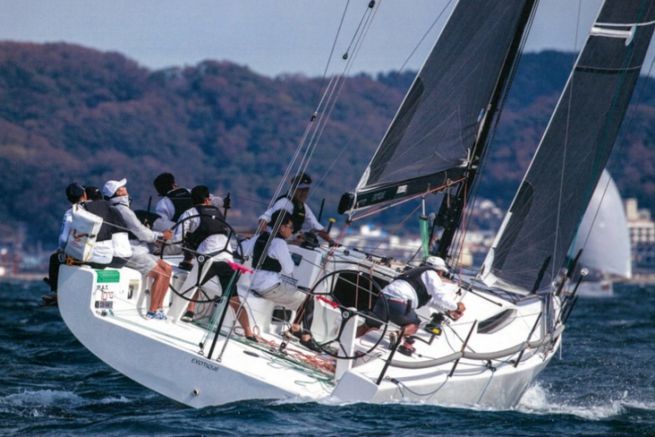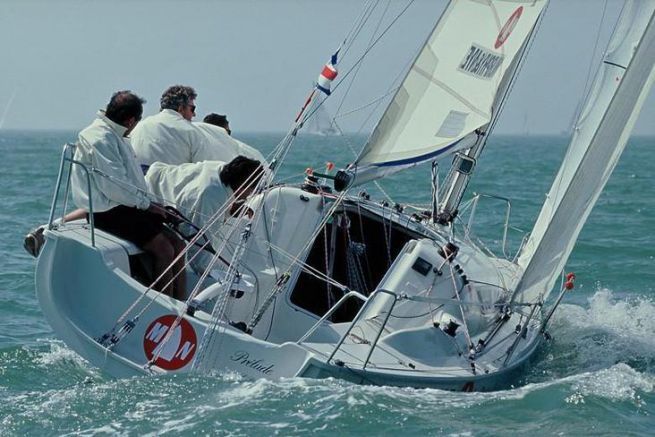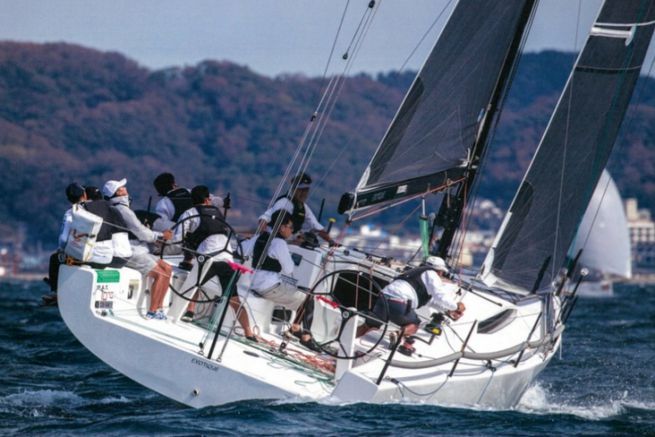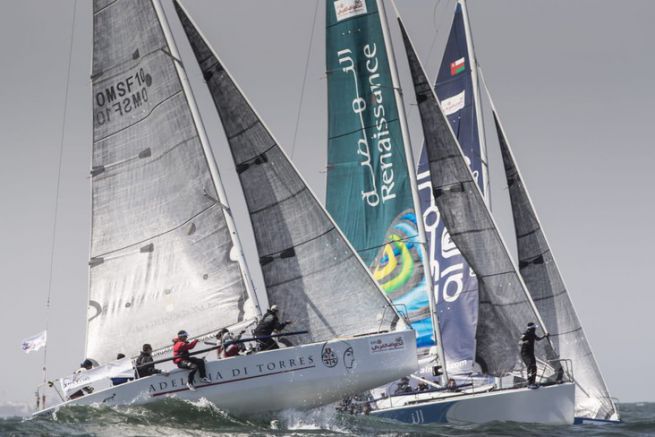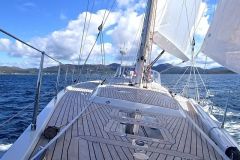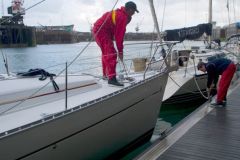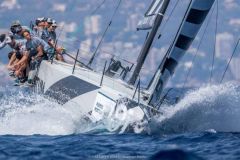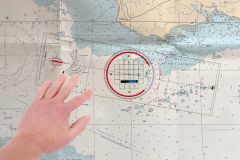There are many reasons for the lack of upwind sailing, often interrelated. For IRC yachts, the diagnosis is sometimes difficult to make. Indeed, fundamental differences between boats can make comparison impossible.
However, there are a few rules to improve performance, especially in variable wind conditions. In this type of condition, the wind follows the soft wind and vice versa. Between two, the force often varies by 50% and between 8 and 12 knots, the crew will move from one side to the other to create heel or limit it (depending on the weight/power ratio of the boat).
Mode change is the key
You have to be ready to switch from "power-seeking in the soft" to "full exploitation in the soft". In unstable wind conditions, as soon as the boat is flat, the crew must make light weather adjustments and go downwind to heel the boat.
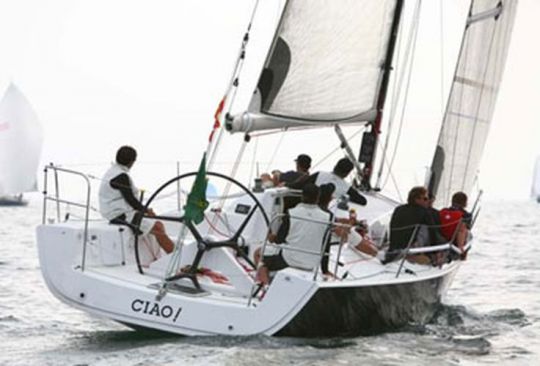
On the other hand, as soon as the boat tilts under the force of a reef, you have to return to the abseil to resist the heel and transform it into acceleration. However, if the crew is already in the spinnakers, the biggest reefs will require shocking the mainsail traveller. It will also be possible to use some backstay to open the mainsail leech and tension the forestay.
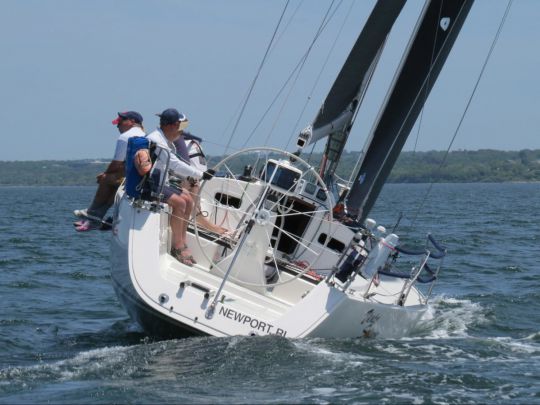
In unstable wind conditions, trimmers must be particularly active, as every ripple is an opportunity to accelerate and steer. That's one of the secrets. Remember that at the arrival of a puff of air, you have to slightly ease the sheets to allow the boat to accelerate, then tack to gain heading. But at what point can you tuck in and lofer?? In the end it's quite empirical, when the boat starts to slow down, you've gone too far.
The game is about being opportunistic by making windward gains whenever possible.
Moving the weights
The crew must move as one. A leader can be designated who announces changes in attitude and therefore position. The crew must feel the boat and react to the heel.
The number of crewmembers rappelling will depend on the strength of the ridicule. If it is powerful, everyone will be in the lines, arms and legs out.
In soft conditions, if the boat flattens out, it's exactly the opposite. In these conditions, it's better to heel a little too much than not enough. In order to limit the dunnage and lower the centre of gravity, the crew should never sit on the roof.
The game consists in making the crew very dynamic by trying to move at the right moment.

The helmsman controls the lodge
If in the calm wind, you have to be careful to limit helm movements as much as possible, in the variable wind, you have to be much more reactive. The helmsman must be ready to greet the wind by luffing or he will lose the opportunity for a windward gain.
You have to feel the boat and its heeling movements to anticipate and try to keep a stable angle. This is essential, if the boat behaves like a rocking chair, you will never be able to accelerate and the heel always turns into a daggerboard. Trimming the sails and moving the crew will help, but the helmsman must control the heel.
In soft conditions, don't overdo it by trying to maintain speed at all costs. You risk losing all the windward gain you've gained previously. Let it go for a moment, the speed will decrease, it's normal. As you slow down, the apparent wind will move backwards and you may not have to knock down at all.
Finally, don't be too obsessed with target speeds, in these conditions the speed polarities are not of much help as the wind is unstable.
